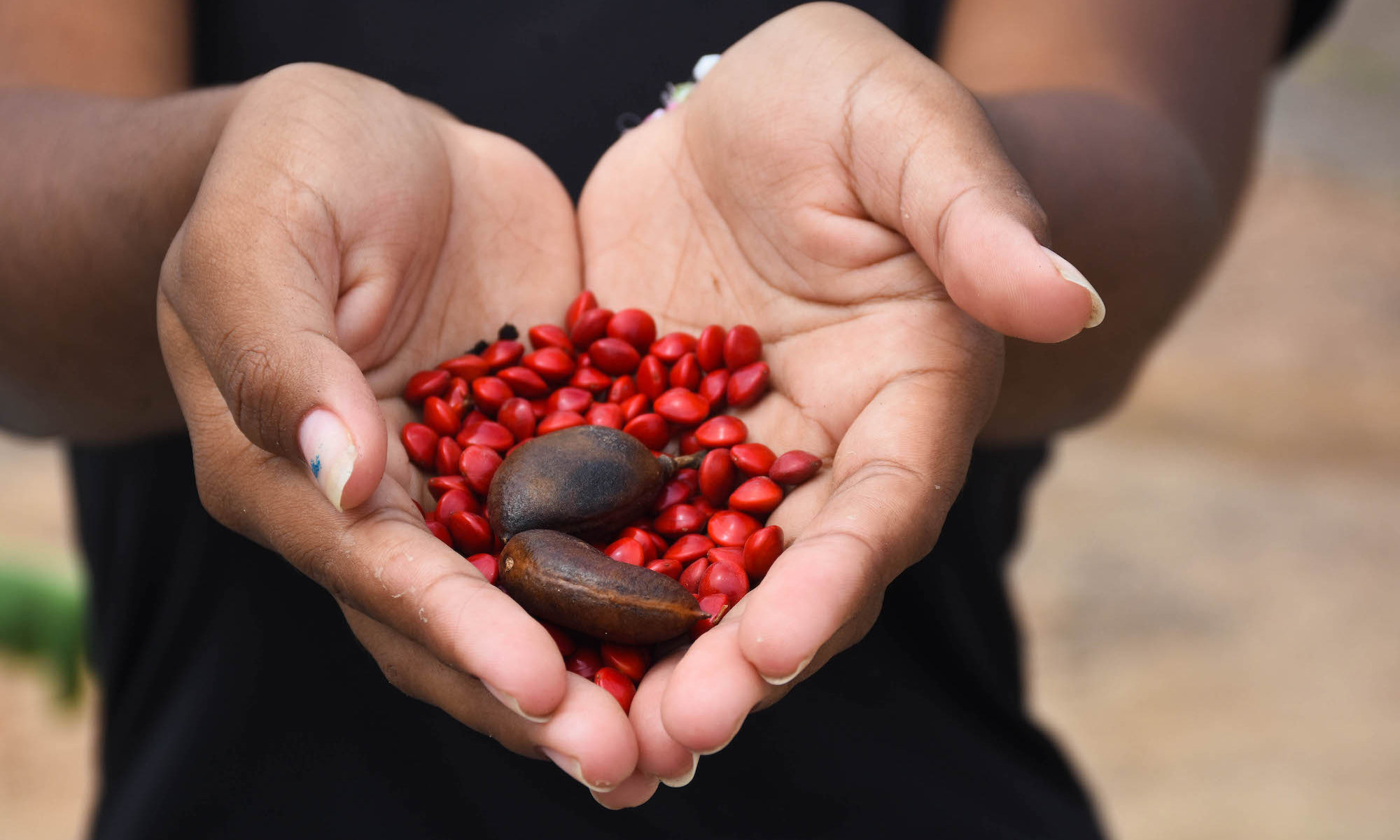VEHA
Guidance

Guidance
Virtual Environmental and Humanitarian Adviser Tool – (VEHA Tool) is a tool
to easily integrate environmental considerations in humanitarian response. Sector Planning guidances allow you to environmentally align your project strategy design.
All people, at all times, have physical, social and economic access to sufficient, safe and nutritious food to meet their dietary needs and food preferences for an active and healthy life in a resilient environment.
Quantity of regular available and adequate food assistance and household items
Do your food provision activities contemplate the sustainable management or reuse of (organic) food waste and minimisation of (non-organic) packaging?
Do your food provision activities take into account the longevity and food storage requirements, to reduce food waste?
Do your food activities consider a domestic supply chain which reduces environmental impacts from long-distance transport emissions?
Do your food provisions consider “greener” or reusable packaging (such as use of silos for storage or packaging of food in bulk to reduce the amount of packaging)?
Do your packaging and distribution methods seem efficient and include everything that seems needed in order to avoid re-packaging and re-distribution of items?
Have you taken into account the management of waste resulting from humanitarian agencies distribution process? (Humanitarian agencies waste)
Comparison of the quantity of quality food provided throughout time in comparison to the number of beneficiaries and/or people in need through time
Measure availability of key commodities in markets.
Measure changes in harvest production or herd sizes compared to previous times.
Measure changes in household capacity to harvest or plant for next season.
Ensure environmental criteria such as packing and transport are designed to select appropriate food supplies and distribution methods
Plan for the separation and management of diverse food packaging. Design with sustainably produced or reusable resources and capacities including recycling stations.
Perform a fuel assessment to inform fuel and food selection. Consider providing fuel together with food to minimise deforestation.
Estimate the percentage of food items procured locally, adhering to sustainability criteria.
· Find ways to repurpose items that are shipped in such as UNHRD LAB which is working on an initiative called “give packaging a second chance,” which seeks to find ways to repurpose items that are shipped in their operations. To date, the initiative includes investigating how to turn PP bags into backpacks and reusing packaging from family tents and kitchen sets to create items such as cradles for children and solar cookers.
· Examples from refugee camps in which polywoven bags were repurposed to grow plants.
· The way the different types of assistance materials are packaged, transported and stored are taken into account as they can significantly impact on the quantity and type of packaging needed.
· Explore the possibility of distributing items that need less cooking time or cooking solutions that are more efficient. LPG stoves can help reduce households' dependency on wood fuel for cooking by 80%. While, for example, UNHCR and IOM both launched a project to reduce the amount of fuel used by households for cooking through the distribution of pressure cookers, which allow between 30 and 50% fuel savings.
· Minimise the amount of food waste through accurate portion quantities and adequate storage.
· SPHERE Food security and nutrition chapter
· LEGS: Core Standard 6: Monitoring, Evaluation and Livelihoods Impact